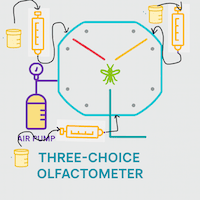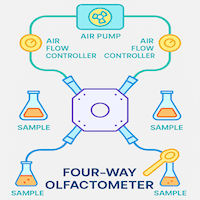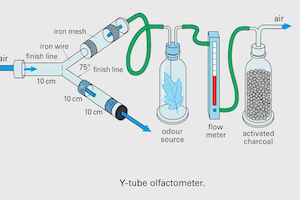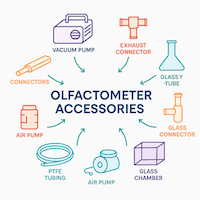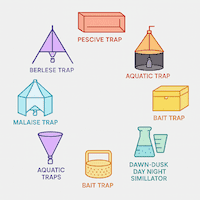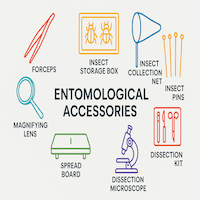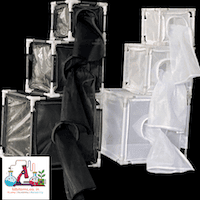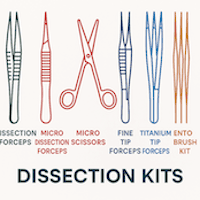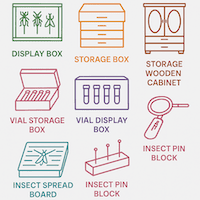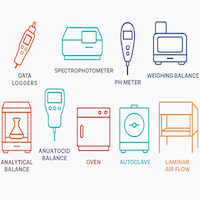
ANALYTICAL BALANCE (220g-0.1mg)
An analytical balance is a precision measuring instrument used in quantitative chemical analysis, to determine the mass of solid objects, liquids, powders and granular substances. Today, electronic balance use the principle of magnetic force restoration, offering readability upto 0.0001 g.
Customize
| Max Capacity | 220g |
| Readability (acc.) | 0.1mg |
| Tare Rage | Full |
| Repeatability | ‡0.1mg |
| Linearity | ‡0.2mg |
| Pan Size | 100mm |
| Stabilization Time | 3-4 sec |
| Communication | Interface 2 x RS 232, Type A, Type B, USB optional Wifi |
| Calibration | Internal Calibration |
| Weighing Units | Muilt Weighing Units |
| Power | 230 V / 11V AC or 120 V / 11 V AC |
| Display | LCD Display with Back Light |
| Working Temperature | 10°C - 40°C |
| Net Weight & Gross Weight | 5.6/8.3 kg |
Analytical balances are used in a variety of settings, including:
- Pharmaceutical laboratories
- Chemical laboratories
- Food testing laboratories
- Quality control laboratories
- Research laboratories
Here are some of the steps involved in using an analytical balance:
- Prepare the balance: Make sure that the balance is turned on and that the temperature has stabilized.
- Clean the weighing pan: Use a soft brush and a mild detergent to clean the weighing pan.
- Minimize air currents: Turn off any fans or air conditioners in the area where the balance is located.
- Minimize vibrations: Place the balance on a stable surface and avoid moving it while it is in use.
- Weigh the sample: Place the sample on the weighing pan and close the doors.
- Tare the balance: Press the tare button to zero out the weight of the container.
- Read the weight: The weight of the sample will be displayed on the balance's digital display.
Analytical balances are delicate instruments and should be handled with care. Here are some tips for using an analytical balance safely:
- Do not drop or bump the balance.
- Do not use the balance in a dusty or humid environment.
- Do not use the balance with wet or contaminated samples.
- Do not use the balance if it is damaged.
Analytical balances are an essential tool for quantitative chemical analysis. By following the proper procedures, you can ensure that your measurements are accurate and precise.


